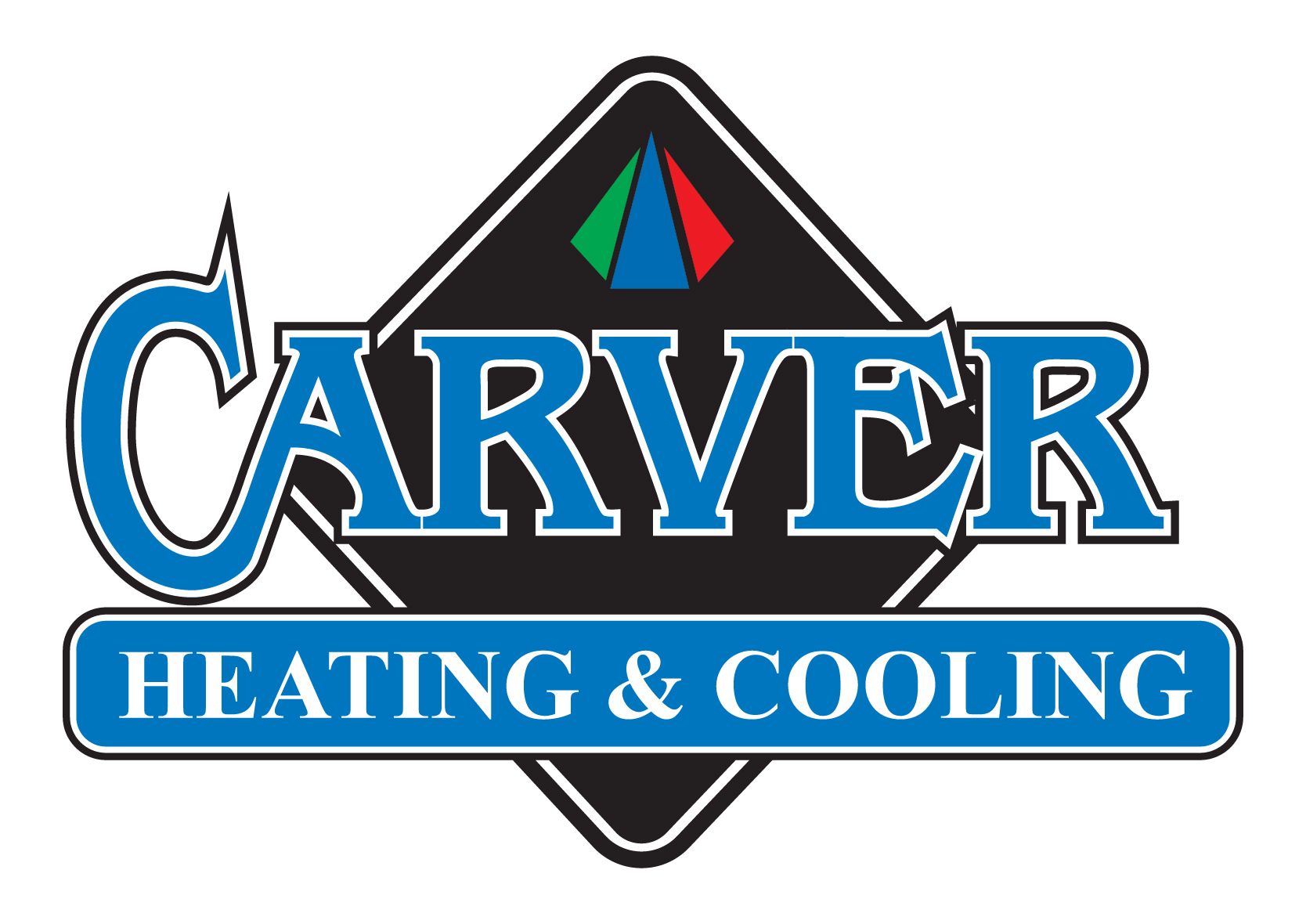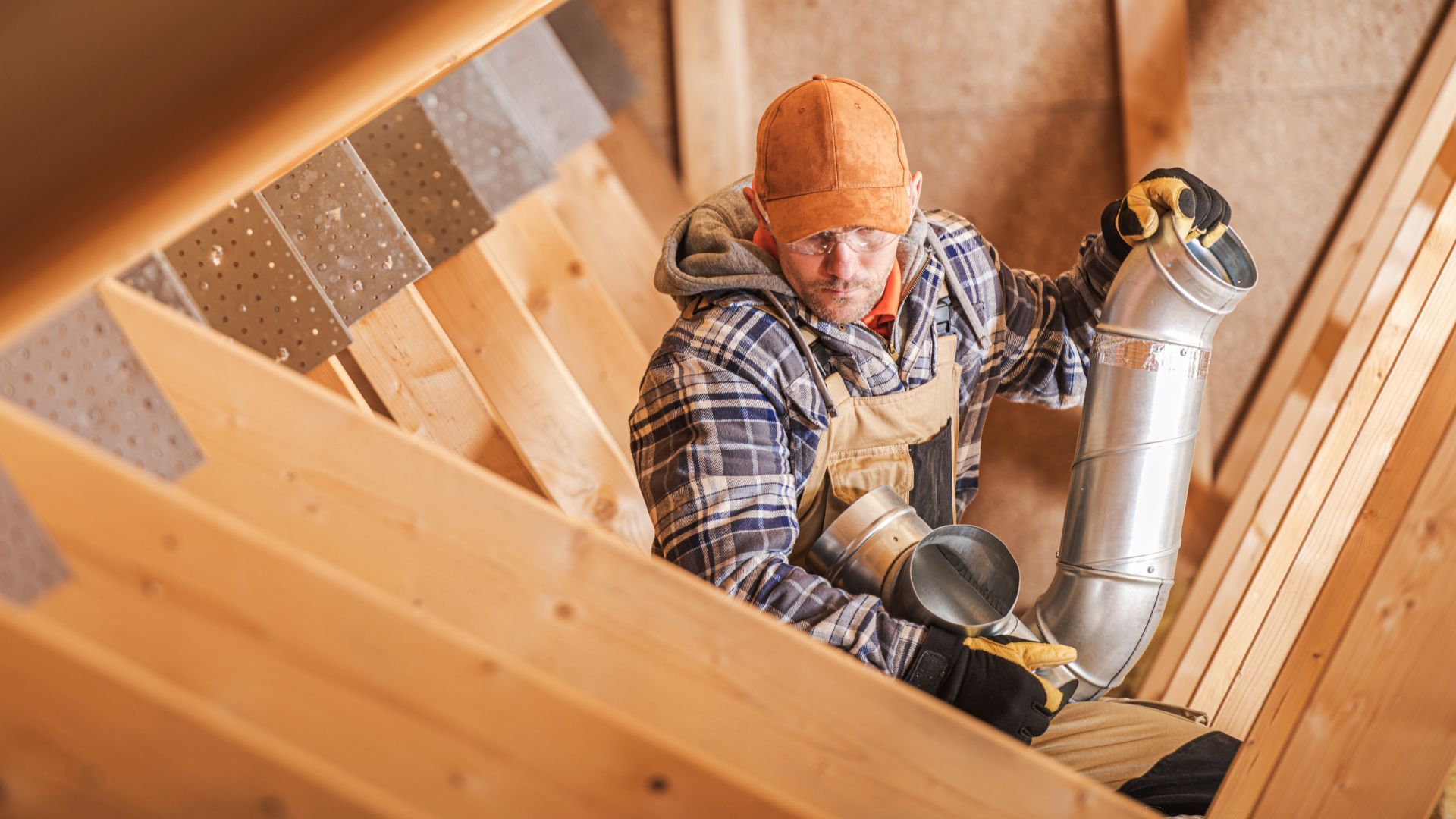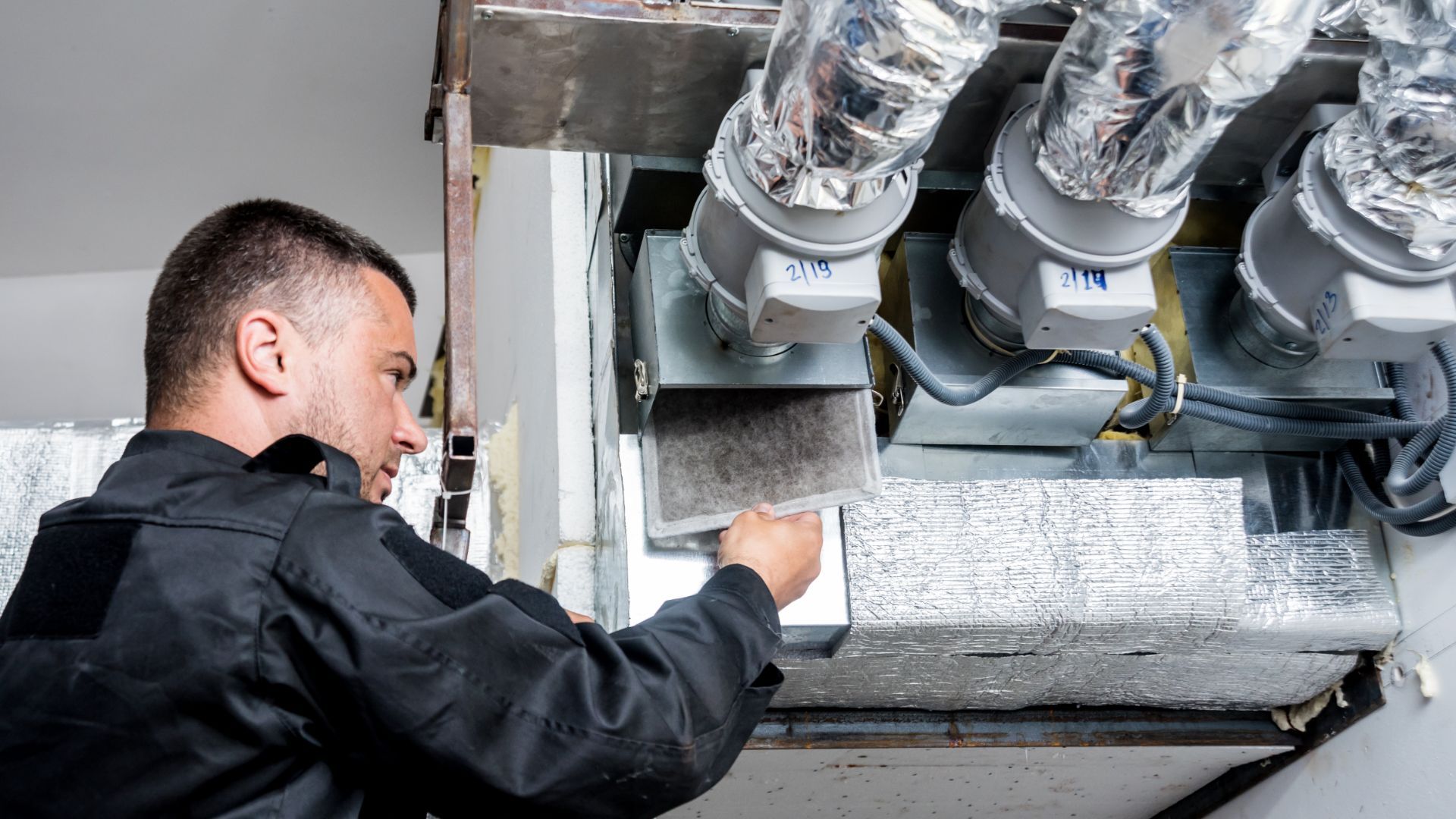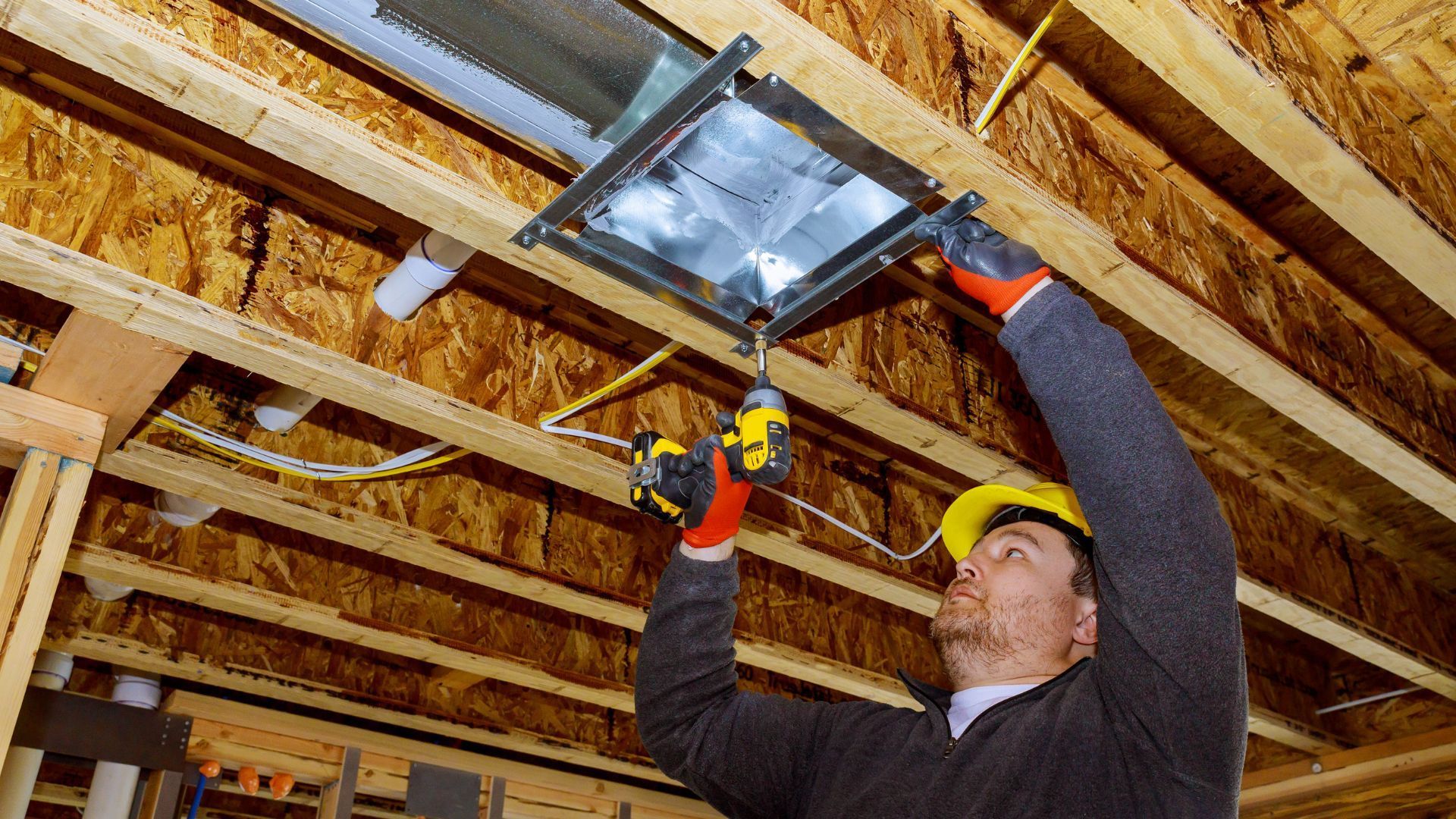Working Hours: Monday - Friday 08:00 AM - 04:30 PM
How Do Furnaces Work? A Beginner's Guide to Understanding Furnace Operations

Furnaces are essential heating systems used to warm buildings and provide comfort during colder months. Understanding how furnaces work is crucial for homeowners and individuals responsible for maintaining these systems.
In this article, we will delve into the intricacies of furnaces, exploring their components, heating process, fuel types, ignition, heat distribution, thermostat control, maintenance tips, energy efficiency, common problems, environmental impact, technological advancements, and safety precautions. So, let's dive in!
Components of a Furnace
Furnaces consist of various components that work together to generate and distribute heat effectively. The main components include:
- Heat Exchanger
This component transfers heat from the combustion process to the air circulating through the system.
- Burners
Burners are responsible for igniting the fuel and generating heat.
- Blower
The blower forces air through the system and distributes it throughout the building, ensuring even heat distribution.
- Thermostat
The thermostat acts as the control center, allowing users to set the desired temperature and regulating the furnace's operation accordingly.
The Heating Process
Understanding how furnaces generate heat is essential for comprehending their functionality. The heating process involves the following steps:
- Combustion
Combustion occurs when fuel, such as natural gas, oil, or electricity, is burned in the furnace. This process releases heat energy.
- Fuel Supply
Depending on the type of furnace, fuel is supplied to the burners through gas pipes, oil tanks, or electrical connections.
- Ignition
Ignition initiates the combustion process. Gas furnaces use an electric ignition system, while oil furnaces typically use an oil burner.
- Heat Generation
Once the fuel is ignited, it produces flames and heat. This heat is transferred to the heat exchanger, where it is then used to warm the air.
Types of Fuel Used in Furnaces
Furnaces can be fueled by various sources, each with its advantages and disadvantages. The common types of fuel used in furnaces are:
- Natural Gas
Natural gas is widely used due to its affordability and availability in many areas. It burns efficiently and produces lower emissions compared to other fuel types.
- Oil
Oil furnaces are common in areas without natural gas infrastructure. They offer reliable heat but require storage tanks and regular fuel deliveries.
- Electricity
Electric furnaces use heating elements to generate heat. They are generally more expensive to operate but have lower upfront costs and no fuel storage requirements.
Ignition and Combustion
The ignition and combustion process is critical for efficient furnace operation. Here's how it works:
Ignition
Gas furnaces commonly use an electric ignition system, which creates a spark to ignite the gas. Oil furnaces use an oil burner, which ignites the oil through an electric spark or a pilot light.
- Combustion
Once ignited, the fuel burns in the combustion chamber, producing flames and heat. Proper combustion is vital for maximizing fuel efficiency and reducing emissions.
Heat Distribution
Efficient heat distribution is essential to maintain a comfortable environment throughout the building. The following elements play a key role in heat distribution:
- Ductwork
Furnaces are connected to a network of ducts that distribute the heated air to various rooms. Properly designed and insulated ductwork ensures optimal airflow.
- Blower
The blower, powered by an electric motor, forces air through the furnace and into the ductwork. It circulates the heated air and maintains a consistent temperature.
Thermostat and Temperature Control
The thermostat is the control center of the furnace and plays a crucial role in maintaining the desired temperature. Here's how it works:
- Temperature Sensing
The thermostat continuously monitors the ambient temperature in the building. Once the temperature drops below the set point, it signals the furnace to start heating. When the temperature reaches the desired level, the thermostat signals the furnace to stop heating.
- Programmable Thermostats
Advanced thermostats offer programmable features, allowing users to set different temperature levels based on specific times of the day. This helps optimize energy usage and maximize comfort.
- Zoning Systems
In larger buildings, zoning systems can be installed, where multiple thermostats control different zones or areas independently. This enables customized temperature control in different parts of the building.
Maintenance and Safety Tips
Proper maintenance and adherence to safety guidelines are crucial for the safe and efficient operation of furnaces. Consider the following tips:
- Regular Inspections
Schedule annual inspections by qualified HVAC professionals to ensure the furnace is in good working condition and identify any potential issues.
- Air Filter Replacement
Clean or replace air filters regularly to maintain proper airflow and prevent dust and debris buildup. Clogged filters can restrict airflow, reducing efficiency.
- Clear Air Vents
Ensure that air vents and registers are not blocked by furniture or other objects, as it can impede airflow and hinder heat distribution.
- Carbon Monoxide Detectors
Install carbon monoxide detectors near the furnace and sleeping areas to detect any leaks or potential carbon monoxide poisoning.
Energy Efficiency and Furnace Ratings
Energy-efficient furnaces offer numerous benefits, including cost savings and reduced environmental impact. Consider the following aspects:
- Annual Fuel Utilization Efficiency (AFUE)
AFUE ratings indicate the furnace's energy efficiency by measuring the amount of fuel converted into usable heat. Higher AFUE ratings signify greater efficiency.
- ENERGY STAR Certification
Look for furnaces with the ENERGY STAR label, as they meet strict energy efficiency guidelines set by the Environmental Protection Agency (EPA).
- Variable-Speed Blowers
Furnaces equipped with variable-speed blowers can adjust the airflow based on heating demands, improving efficiency and comfort.
Choosing the Right Furnace
When selecting a furnace for residential or commercial use, several factors should be considered:
Size and Capacity
Proper sizing is crucial to ensure the furnace can adequately heat the space. A professional assessment of the building's heating needs is recommended.
Efficiency
Choose a furnace with a high AFUE rating to maximize energy efficiency and reduce operating costs.
Fuel Availability
Consider the availability and cost of different fuel types in your area when choosing a furnace.
Common Furnace Problems and Solutions
Furnaces may encounter common issues that can affect their performance. Here are some troubleshooting tips and instances when professional assistance may be required:
- Insufficient Heat
Check for clogged air filters, blocked vents, or a malfunctioning thermostat. If the issue persists, it's best to consult a professional.
- Noisy Operation
Noises like rattling or banging may indicate loose components or mechanical problems. Have a professional inspect the furnace to identify and resolve the issue.
- Constant Cycling
If the furnace frequently turns on and off, it could indicate a faulty thermostat, improper airflow, or other underlying problems. A professional assessment is recommended.
Environmental Impact of Furnaces
The choice of fuel for furnaces can have varying environmental impacts. Consider the following:
- Natural Gas
Natural gas is generally considered a cleaner fuel, producing lower greenhouse gas emissions compared to oil or coal.
- Oil
Oil furnaces produce higher carbon emissions than natural gas furnaces. However, advancements in oil furnace technology have led to reduced emissions.
- Electricity
The environmental impact of electric furnaces depends on the source of electricity generation. If the electricity comes from renewable sources, such as solar or wind power, electric furnaces can be a more environmentally friendly option.
- Eco-Friendly Options
Consider alternative fuels such as biofuels or geothermal systems, which have lower carbon footprints and contribute to sustainability.
Conclusion
Furnaces play a crucial role in providing warmth and comfort during colder months. Understanding the components, heating process, fuel types, ignition, heat distribution, thermostat control, maintenance, energy efficiency, common problems, environmental impact, technological advancements, and safety precautions associated with furnaces is essential for their efficient and safe operation.
By familiarizing yourself with these aspects, you can make informed decisions when selecting a furnace, ensure optimal performance, reduce energy consumption, and contribute to a safer and more sustainable environment. Regular maintenance, adherence to safety guidelines, and staying up to date with advancements in furnace technology will help you enjoy the benefits of a reliable and efficient heating system.
Want to own a quality and long lasting furnace for your home in London, Ontario? Visit us today and experience next-level furnace experience.

INFORMATION
176 Rectory St, London, ON N5Z 2A5, Canada
Follow us on Facebook
BROWSE OUR WEBSITE
EMERGENCY SERVICE









